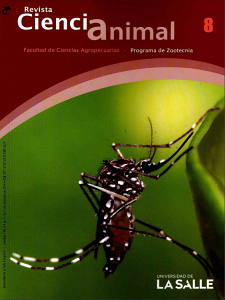Abstract
The aim of this study is to physically and chemically analyze soil before and after the establishment of silvopastoral systems in five cattle farms in the Casanare piedmont. Soil tillage with plow and rake was performed, and then soil was fertilized using 257 kg per hectare (kg/ha) of dolomite lime and 428 kg/ha of phosphorus fertilizer. In the experimental lot of each farm, four species of grasses and three species of trees were planted. In each soil sample the following aspects were analyzed: particle size distribution, acidity, exchangeable aluminum, organic matter, cation exchange capacity (CEC), and elements such as calcium, magnesium, potassium, sodium, manganese, iron, zinc, copper, boron, sulfur, and phosphorus. Soils in the study area are acidic, with extremely high amounts of iron, and poor in organic matter and micronutrients (such as all soils of the Guyana Shield). In the experimental lots of the five cattle farms, a slight decrease in acidity and a slight increase in the percentage of base saturation and organic matter were observed, possibly caused by the addition of fertilizers. Although slight improvements were observed in the indicators of soil fertility in the experimental lots, a prolonged treatment and monitoring are necessary to establish improvements in fertility indicators, which can be increased using organic fertilizers in conjunction with the establishment of silvopastoral systems.Downloads
Download data is not yet available.



